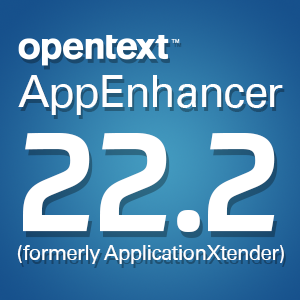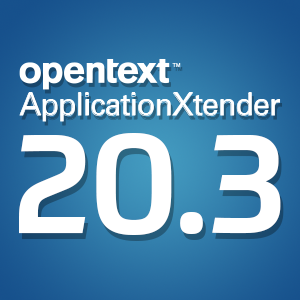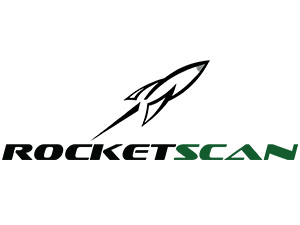Hospitals adopting electronic health records en masse
Wednesday, June 4, 2014Incentive programs and federal funding made available to hospitals through the Health Information Technology for Economic and Clinical Health Act have provoked a mass transition from clipboards to the use of document storage solutions for saving and accessing patient information.
These meaningful-use incentives, according to the Centers for Medicare and Medicaid Services, are provided to eligible professionals, hospitals, and critical access hospitals who show significant use of electronic health records and meet certain criteria. There are two stages of incentives, and in order to qualify for Stage 2, health care centers must participate in Stage 1 for at least two years.
A 2013 survey released by the Office of the National Coordinator for Health Information Technology found that 93 percent of hospitals had had begun to take advantage of certified electronic health records by the end of the year. This is more than double the percentage of hospitals participating in meaningful-use incentive programs in 2009. The digitization of health care has also led to a pronounced increase in information exchange. Over 60 percent of hospitals electronically transferred information with outside providers. This represents a 51 percent surge from 2008's rate of information exchange.
A study of federally qualified health care centers by the Commonwealth Fund revealed that the use of document management software in hospitals has increased dramatically since federal incentives for increased health information technology were first rolled out. Document storage solutions have been more widely adopted in federally qualified health care centers than office-based physicians, 78 percent of whom have invested in HIT. Many office-based physicians, about 40 percent, still only use a basic HIT system, however, and only about 25 percent utilize a fully functional content management service.
Brought to you by Image One Corporation providing complete information governance since 1994.




